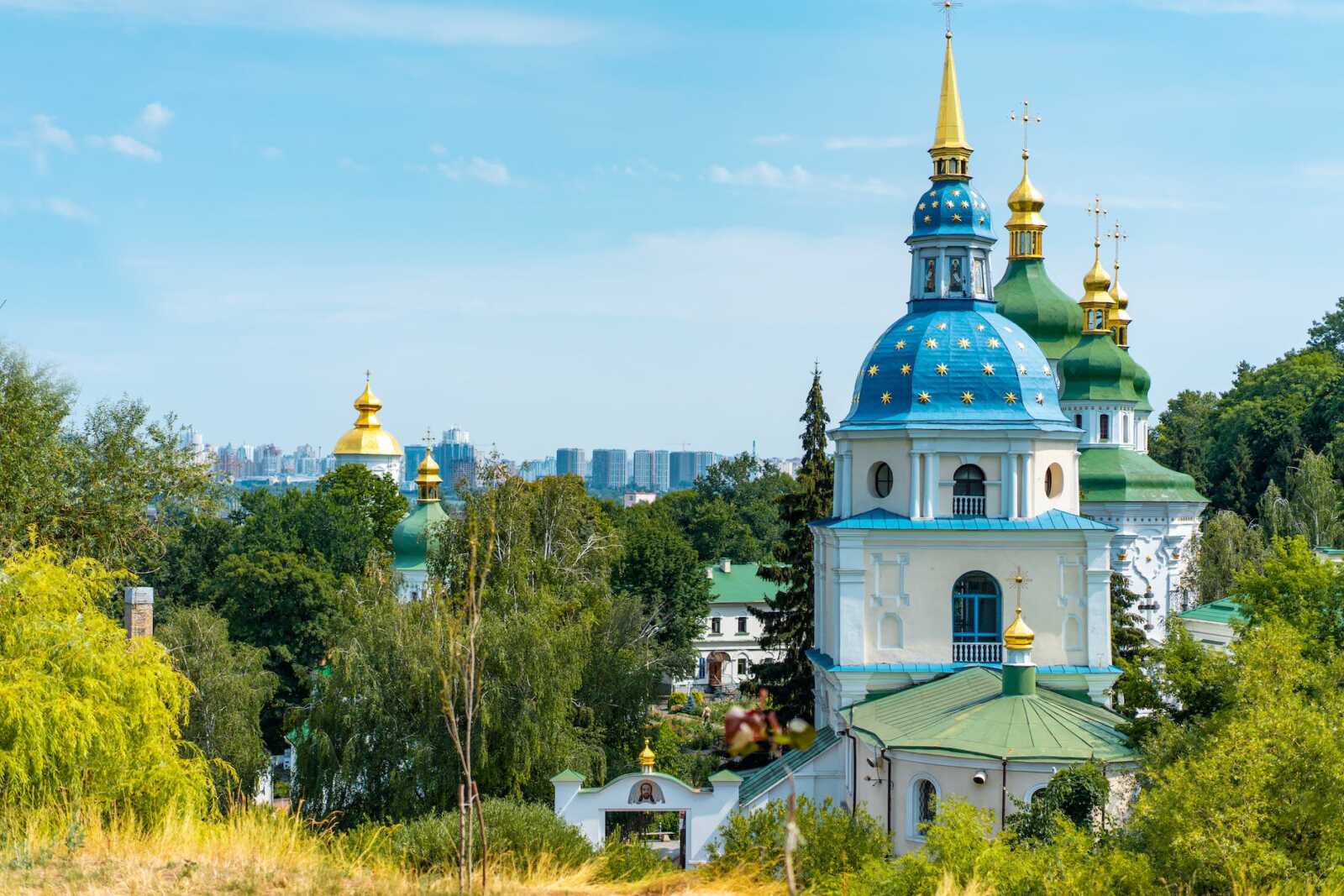
The current situation between Russia and Ukraine is a complex and ongoing conflict that has its roots in historical, political, and economic factors. The conflict began in 2014, when protests erupted in Ukraine after the then-President Yanukovych declined to sign an agreement with the European Union and instead chose to align with Russia. The protests eventually led to Yanukovych’s ouster and the election of a pro-European president, which resulted in a significant shift in the country’s foreign policy.
In response to the events in Ukraine, Russia annexed Crimea, which was previously part of Ukraine, in 2014. The annexation was widely condemned by the international community, and resulted in the imposition of economic sanctions on Russia by the European Union and the United States. The situation in eastern Ukraine then escalated into a full-blown conflict, with pro-Russian separatists taking control of large parts of the Donetsk and Luhansk regions.
Since then, the conflict has become a major point of contention between Russia and Ukraine, as well as between Russia and the West. The situation has been further complicated by the involvement of separatist groups, the presence of Russian troops in eastern Ukraine, and the continued flow of weapons and supplies from Russia to the separatists.
Despite numerous attempts to resolve the conflict, including multiple ceasefires, the situation remains unresolved. The Minsk agreements, signed in 2015, have been the main framework for peace talks, but have yet to result in a lasting peace. The agreements call for a ceasefire, the withdrawal of heavy weapons, constitutional reforms, and the granting of autonomy to the separatist-held regions of Donetsk and Luhansk.
The situation in Ukraine is further complicated by the ongoing conflict in the country, which has resulted in thousands of deaths and the displacement of millions of people. The conflict has also had a significant impact on the country’s economy, with the regions in the east suffering the most. The ongoing conflict and the lack of progress in resolving the situation has also had a negative impact on the country’s stability and its ability to attract investment and promote economic growth.
There are a number of factors that will determine the resolution of the conflict between Russia and Ukraine. One of the key factors is the role of the international community, particularly the European Union and the United States. The continued imposition of economic sanctions on Russia, as well as the provision of aid to Ukraine, will play a significant role in resolving the conflict.
Another important factor is the role of the separatist groups in eastern Ukraine. The presence of these groups, as well as the continued flow of weapons and supplies from Russia, has been a major obstacle to resolving the conflict. The separatist groups will need to be disarmed and disbanded for there to be any hope of a lasting peace.
The role of the Ukrainian government will also be important in resolving the conflict. The government will need to implement constitutional reforms, particularly in the areas of decentralization and the granting of autonomy to the separatist-held regions, in order to address the concerns of the separatists and reduce the risk of further conflict.
In conclusion, the current situation between Russia and Ukraine is a complex and ongoing conflict that has its roots in historical, political, and economic factors. Despite numerous attempts to resolve the conflict, including the Minsk agreements, the situation remains unresolved. The resolution of the conflict will depend on a number of factors, including the role of the international community, the separatist groups, and the Ukrainian government. It is likely that the conflict will continue to be a source of tension for some time to come, and will require the sustained efforts of all parties involved to resolve it.